The new Student CTA board speaks out
We spoke with a few members of the new Student CTA Executive Board as they set SCTA and individual goals and prepared to enter the teaching profession: Communications Editors Ariana Avila and Haley Castello, President Viridiana Castro Silva, Secretary-Treasurer Jessica Chamness, Southern Regional VP Selaima Tamotuu, and Central Regional VP Tristan Wieser.
First things first. What attracts you to the teaching profession?
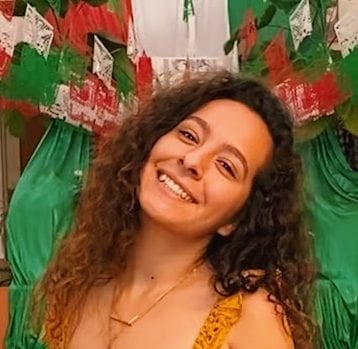
Ariana Avila
AVILA: Teaching is a profession that teaches all professions. It’s a gift to be in children’s lives every day.
CASTELLO: My goal is to be involved in underserved communities because teachers did that for me. There are so many brilliant students, and I can’t wait to work with them. CHAMNESS: Making a positive impact on students’ lives like my teachers did for me. To pay it forward. Both of my grandparents were teachers, too. It’s just something I’ve always wanted to do.
TAMOTUU: In high school I had a crazy teacher who was so passionate about her job — she inspired me. I want to be crazy and out of this world, just like her. WIESER: One person can do so much, and we can have an impact on history if we apply ourselves. That’s why I teach.
CASTRO SILVA: I’ve wanted to be a teacher since I was 3, and that hasn’t changed. The time I’ve spent in the classroom is rewarding.
As a board, you have “distributive leadership.” What does that mean?
CASTRO SILVA: It means all board positions have equal value. We need everyone to run SCTA. While I was elected president, I’m not the face of SCTA. We all are SCTA. We enjoy being part of our union family, CCA and CTA, knowing we can go to them if we need any help.
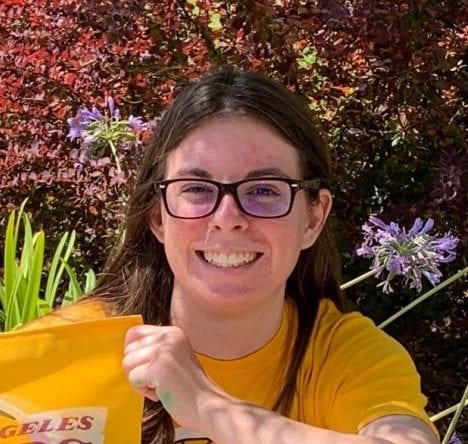
Jessica Chamness
CHAMNESS: As a board we are not afraid to make a stand and make change. We’re not afraid to do the right thing, even if it is difficult.
What are your visions for racial and social justice, in SCTA and the larger world?
AVILA: Social justice is our focus, and it won’t be complete in a year. An important board objective is dismantling white supremacy culture and institutional racism. It’s a long journey — reshaping the education system, adding equity to every part of a student’s journey.
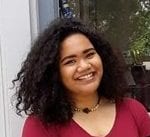
Selaima Tamotuu
TAMOTUU: SCTA has a direct mission to call out racism and help educate about such behaviors. A fish doesn’t discover water. It lives there. We are equipping our members and ourselves with tools to grow in our field of study. If we don’t address racism now, future generations will be in a constant cycle. It has to break at some point.
CASTELLO: This is not just a trend for us. We’ll keep on, and we hope to see more SCTA members involved.
CHAMNESS: We’ll continue to educate ourselves and others on racial and social injustice so we can interact better with our students and with each other.
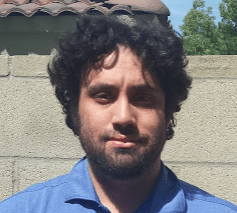
Tristan Wieser
WIESER: [We are] encouraging civic activism, especially with November elections. Protests and statements are meaningless unless our members are at the ballot box each election. In six months I hope all members wear “I voted” stickers and have an impact in their communities.
CASTRO SILVA: As a “DACA-mented” educator [see following story], I believe those who are able to vote must exercise that right and get rid of these injustices for future generations. … Social and racial justice means teaching real history, not just Eurocentric versions. It means closing achievement gaps and not racially targeting students.
After hearing SCTA member issues, you set up a COVID-19 relief fund that provides cash for members struggling to live in a pandemic. Talk about that.
WIESER: The grants reimburse for CSET or CBEST, or certificate clearance classroom observation hours. Grants lessen the financial burden in some small way.
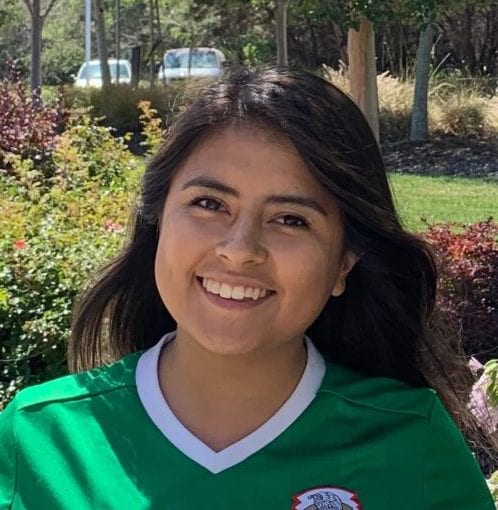
Viridiana Castro Silva
CASTRO SILVA: Testing grants help members getting ready for the profession, dealing with the Reading Instruction Competence Assessment (RICA), and students having credentialing issues during COVID. How has COVID affected your training and your teaching?
TAMOTUU: My teacher training has been a roller coaster. It doesn’t hinder my aspirations, but I worry it may discourage others, forcing them to put dreams on hold. Students like to engage and participate; I see that with my younger siblings who are still in school. It’s hard to motivate students from a distance.
AVILA: It’s hard to learn and teach through a screen. The transition was a struggle.
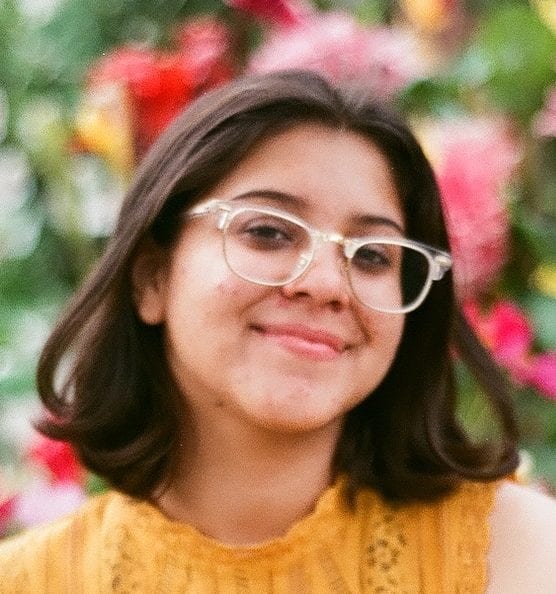
Haley Castello
CASTELLO: I interned with a teacher/mentor and helped older teachers not used to using technology. I was happy to do that — discovering apps, getting students talking and participating, learning to embed websites.
CHAMNESS: For me, the best way to learn is in the field directly helping students. COVID does not allow observation hours. … We’re at a disadvantage.
WIESER: COVID made me think about ways to assess students’ knowledge — who missed class and how do you help keep up with learning?
CASTRO SILVA: My undergrad program fit OK online. Others had student teaching hours that did not meet requirements for credentials, which brings the equitable teaching lens into perspective. Being forced to transition in a short amount of time brought out inequalities for students.
For more information about Student CTA, go to cta.org/studentcta.